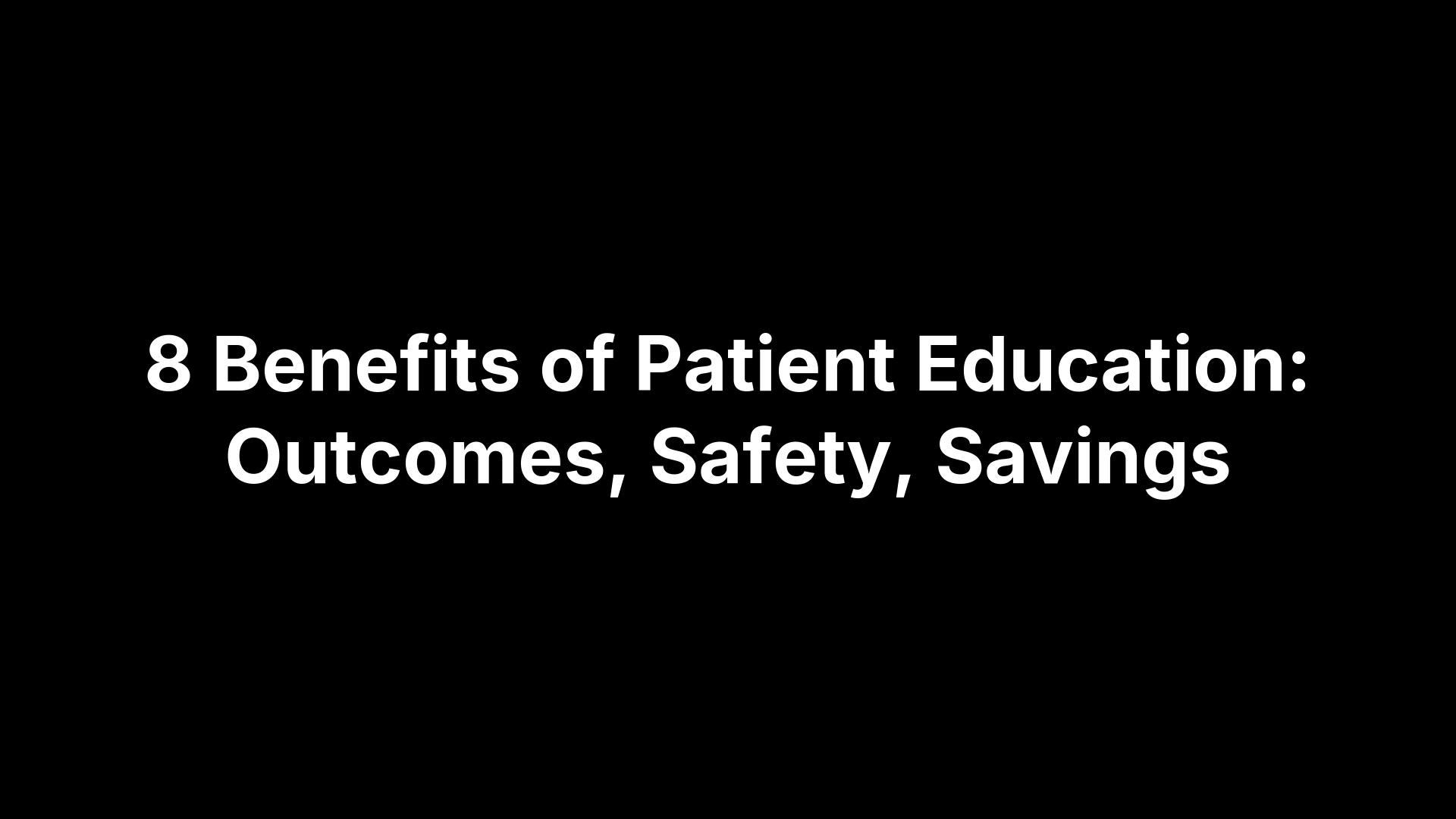Your ankle feels unstable when you walk. Maybe you rolled it playing sports and it never fully healed. Or chronic pain makes every step uncomfortable. You might worry about reinjury each time you exercise or change direction quickly. These concerns hold you back from doing what you love, whether that’s running, playing basketball, hiking trails, or simply walking without constantly thinking about your ankle.
Ankle support can address all of these problems. This article covers five specific benefits that ankle braces provide, from better stability and reduced pain to improved balance and long term joint health. You’ll learn what each benefit does for your ankle, who needs it most, and when support makes the biggest difference. We’ll also cover the practical side of using ankle braces, including potential downsides to watch for and how to get the most benefit from wearing one.
1. Care at Achilles Foot and Ankle Center
The right ankle support starts with professional evaluation and fitting. Achilles Foot and Ankle Center offers comprehensive ankle assessments that determine which type of support works best for your specific condition. Our specialists examine your ankle stability, range of motion, and injury history to recommend the most effective brace or support system. This personalized approach ensures you get benefits of ankle support that actually match your needs, rather than guessing which product might help.
What this benefit covers
Professional ankle care at our center includes diagnostic imaging, custom orthotics, and therapeutic bracing designed for your condition. You receive guidance on proper brace selection, fitting adjustments, and usage schedules. Our team explains how different support levels work for various activities, from daily walking to high impact sports. We also monitor your progress over time and adjust your support strategy as your ankle heals or strengthens.
Who benefits the most
You benefit most from professional care if you have chronic ankle instability, previous sprains, or arthritis. Athletes recovering from injury need expert fitting to return safely to their sport. People with diabetes or peripheral neuropathy require specialized ankle support that prevents complications while maintaining proper circulation.
Professional fitting reduces the risk of improper brace use that could delay healing or create new problems.
Best ways to use ankle support
Wear your professionally fitted brace during activities that stress your ankle. Start with shorter periods and gradually increase wear time as recommended. Keep your skin clean and dry underneath the brace, and inspect for any irritation daily.
Risks, downsides and warning signs
Watch for increased pain, numbness, or skin breakdown while wearing ankle support. These signs mean your brace needs adjustment. Over-reliance on bracing without proper rehabilitation exercises can weaken surrounding muscles over time.
2. Better ankle stability and support
Ankle braces limit excessive movement that causes injuries. Your ankle joint naturally moves in multiple directions, but too much motion (especially inward rolling called inversion) leads to sprains and chronic instability. A properly fitted brace restricts these dangerous ranges of motion while still allowing you to walk, run, and pivot safely. This mechanical support replaces the function of weakened or stretched ligaments that no longer hold your ankle firmly in place.
What this benefit covers
Stability support works by creating an external framework around your ankle joint. The brace applies compression and strategic reinforcement that prevents your foot from rolling too far inward or outward. This protection becomes especially important during sudden direction changes or on uneven surfaces where your ankle would otherwise give way. Different brace styles offer varying levels of restriction, from soft sleeves that provide mild compression to rigid designs with hinges that control specific movements.
Who benefits the most
You gain the most from stability braces if you have previous ankle sprains or diagnosed chronic ankle instability. Athletes in basketball, soccer, volleyball, and similar sports face repeated stress on ankle ligaments and need consistent support. People who work on uneven terrain (construction sites, hiking trails, or outdoor maintenance) also benefit from the extra stability that prevents workplace injuries.
Stability braces reduce your risk of reinjury by up to 70% compared to wearing no support at all.
Best ways to use ankle support
Wear your stability brace during any activity that challenges your ankle. Lace or strap it snugly enough to feel secure but loose enough that you maintain normal circulation. Replace worn braces when the fabric stretches or structural components weaken, as degraded materials provide less effective support.
Risks, downsides and warning signs
Rigid braces can limit your ankle’s natural range of motion needed for certain activities. This restriction sometimes affects your performance in sports requiring maximum flexibility. Extended use without strengthening exercises may cause the muscles supporting your ankle to weaken from reduced workload.
3. Less pain and swelling after injury
Compression from ankle support reduces both pain and swelling by applying consistent pressure around your injured ankle. This pressure helps control fluid buildup that causes the swollen, puffy appearance after sprains or other injuries. The mechanical compression also provides gentle stability that prevents painful movements during the healing process. You feel immediate relief because the brace limits the micro-movements that trigger pain signals from damaged ligaments and tissues.
What this benefit covers
Ankle braces manage swelling through graduated compression that pushes excess fluid away from the injury site. This action speeds healing by improving blood circulation and reducing the inflammation that delays recovery. Pain reduction happens because the external support takes stress off injured structures, allowing them to rest while you remain mobile. Different compression levels target specific injury types, from mild strains needing light pressure to severe sprains requiring firm, stabilizing compression.
Who benefits the most
You benefit most from compression braces if you recently suffered an ankle sprain or soft tissue injury. People with recurring swelling from chronic conditions like arthritis or tendonitis need daily compression to manage symptoms. Post-surgical patients also rely on compression braces to control swelling during the recovery period.
Proper compression reduces ankle swelling by 30-40% compared to no support, significantly shortening recovery time.
Best ways to use ankle support
Apply your compression brace within 24 hours of injury for maximum benefit. Wear it during the day when you’re active, but remove it at night to allow skin circulation and prevent discomfort. Adjust the tightness to feel snug without cutting off circulation or causing numbness.
Risks, downsides and warning signs
Watch for increased swelling below the brace, which indicates too much compression. Skin discoloration, tingling, or cold toes mean you need to loosen or remove the brace immediately. Never ignore persistent pain that worsens despite wearing support, as this signals complications requiring medical attention.
4. Improved balance and coordination
Ankle support provides proprioceptive feedback that enhances your sense of where your ankle sits in space. This awareness, called proprioception, helps you adjust balance automatically when walking on uneven ground or making quick movements. The constant pressure from the brace gives your brain continuous information about ankle position, improving coordination during physical activities. Better balance reduces fall risk and allows more confident movement through daily tasks.
What this benefit covers
Balance improvements come from the sensory input your brace provides against your skin and joint. This feedback sharpens your body’s natural balance mechanisms, especially when you have weakened proprioception from previous injuries. The brace acts as an external reminder that keeps you aware of ankle position, helping you make faster corrections before losing balance.
Who benefits the most
You gain the most balance benefits if you have chronic ankle instability or previous sprains that damaged proprioceptive nerves. Older adults with reduced coordination benefit from the enhanced stability and awareness. Athletes returning to sport need this improved feedback to regain pre-injury performance.
Ankle braces improve proprioception by providing constant sensory feedback that your injured ligaments can no longer deliver effectively.
Best ways to use ankle support
Wear your brace during activities that challenge balance, such as walking on uneven surfaces or playing sports. Combine brace use with balance training exercises to maximize coordination improvements.
Risks, downsides and warning signs
Relying solely on external support without strengthening exercises can prevent your natural proprioception from fully recovering. Monitor whether balance worsens when not wearing the brace, which signals overdependence.
5. Protection for long term ankle health
Consistent ankle support prevents the progressive joint damage that comes from repeated injuries or chronic instability. Each time your ankle rolls or sprains, you stretch or tear ligaments that never fully return to their original strength. This accumulated damage leads to arthritis, chronic pain, and permanent instability as you age. Wearing ankle support during activities that stress your joint interrupts this cycle of injury and degeneration, protecting the cartilage and connective tissues that keep your ankle functioning properly for decades.
What this benefit covers
Long term protection involves preventing the degenerative changes that follow repeated ankle trauma. Your ankle joint contains cartilage that cushions bones during movement, and this cartilage gradually wears down when instability causes abnormal joint mechanics. Support braces maintain proper ankle alignment during activities, reducing the uneven wear that accelerates arthritis. The benefits of ankle support extend beyond immediate injury prevention to preserving joint health well into your later years.
Who benefits the most
You need long term protection if you have a history of multiple ankle sprains or participate in high impact sports regularly. People with existing ankle instability benefit from preventing further damage that leads to premature arthritis. Weekend athletes who stress their ankles occasionally also protect future joint health through strategic brace use.
Wearing ankle support during high risk activities reduces your lifetime arthritis risk by preventing the cumulative damage from repeated minor injuries.
Best ways to use ankle support
Use ankle support during any activity that previously caused injuries or creates significant ankle stress. Rotate between different types of support based on activity intensity rather than wearing the same brace constantly.
Risks, downsides and warning signs
Complete dependence on bracing without muscle strengthening can accelerate joint problems by allowing supporting muscles to weaken. Balance brace use with rehabilitation exercises to maintain natural joint protection.
Moving forward
The five benefits of ankle support work together to protect your joint, reduce injury risk, and maintain mobility through every stage of recovery. Professional fitting ensures you get the right level of support for your specific condition, whether you need help with chronic instability, post-injury recovery, or arthritis management. Strategic brace use combined with proper strengthening exercises gives you the best outcomes without creating dependence on external support.
Your ankle health requires both immediate protection and long term planning. Schedule an appointment at Achilles Foot and Ankle Center to get expert evaluation and personalized recommendations for ankle support that matches your activity level. Our specialists determine which type of brace works best for your condition and create a complete treatment plan that includes rehabilitation exercises. Taking action now prevents future complications and keeps you active for years ahead.






